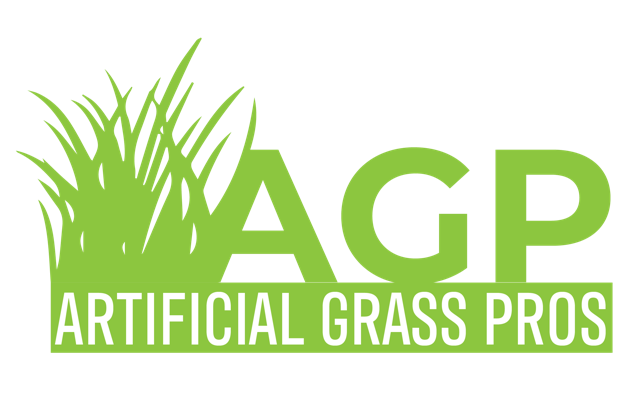Rainy days can be efficient in clearing the air and watering plants, but it can also quickly become a nuisance when the water doesn’t drain correctly. As homeowners, we struggle with maintaining our gardens during wet seasons. One solution that has gained popularity in recent years is synthetic grass. The thought of not having to worry about drenched soil or muddy spots sounds tempting! But does it drain easily with synthetic grass? Let’s explore.
- How does synthetic grass drainage work?
Astroturf products are made with a permeable backing material that allows water to drain through it. It’s essential to install a base layer that is porous and made with materials like crushed rock and sand. This layer facilitates water drainage into the soil beneath the synthetic turf. So during rain events, water won’t sit on the top of the turf but will get directed through the permeable backing to the base. - Is synthetic turf a better solution for drainage compared to natural grass?
Yes, it is! Natural grass has some degree of water absorption capacity, but it also creates uneven terrain and drenched spots that don’t quickly dry out. Synthetic turf’s controlled drainage system ensures excess water gets efficiently drained into the soil underneath, facilitating a healthy root system. Synthetic turf is also low maintenance, allowing you to avoid mowing or trimming, which typically causes soil compaction- an issue that can limit water infiltration. - What are some factors that can hinder synthetic turf drainage?
It’s helpful to note that the drainage rate of artificial turf relies on various elements like soil type, base layer depth, and gradient. One aspect that homeowners should be aware of is over-watering synthetic turf. Too much precipitation can flood the base layer and reduce its absorption capacity, resulting in water accumulating on top of the synthetic turf. Occasionally using a garden hose to flush out accumulated debris and maintain a healthy turf layer is recommended. - How does synthetic turf drainage impact the environment?
Natural grass requires regular watering, mowing, and fertilizer. On the other hand, synthetic turf is highly drought-resistant and requires little water maintenance. This lack of maintenance reduces the carbon footprint on the environment and has lower maintenance costs- a significant advantage for homeowners and communities. Also, synthetic turf does not create soil erosion or pest infestation, which can negatively impact biodiversity. - Are there any disadvantages to using synthetic grass as a drainage solution?
Synthetic grass products can get pricey compared to natural grass and require a more complex installation procedure. Additionally, synthetic turf tends to heat up on hot days, generating an artificial sensation underneath your feet. Despite these disadvantages, synthetic grass can be beneficial in areas with water restriction limitations or homeowners looking for a low-maintenance and efficient drainage solution for their gardens.
In conclusion, synthetic grass can be an excellent drainage solution for homeowners looking to avoid the headache of watering, mowing, and maintaining natural grass. It drains efficiently when installed correctly into a porous base layer, providing an adequate flow of water into the ground beneath. Synthetic turf is also eco-friendly and reduces carbon footprint, promoting biodiversity, and minimizing pest infestation. As with any product, keeping in mind it’s proper maintenance is crucial to ensure longevity and efficient drainage functionality. Overall, synthetic grass can provide an attractive and sustainable alternative for homeowners to enjoy their gardens during rainy days without any drainage issues.
Learn more today!

Recent Comments